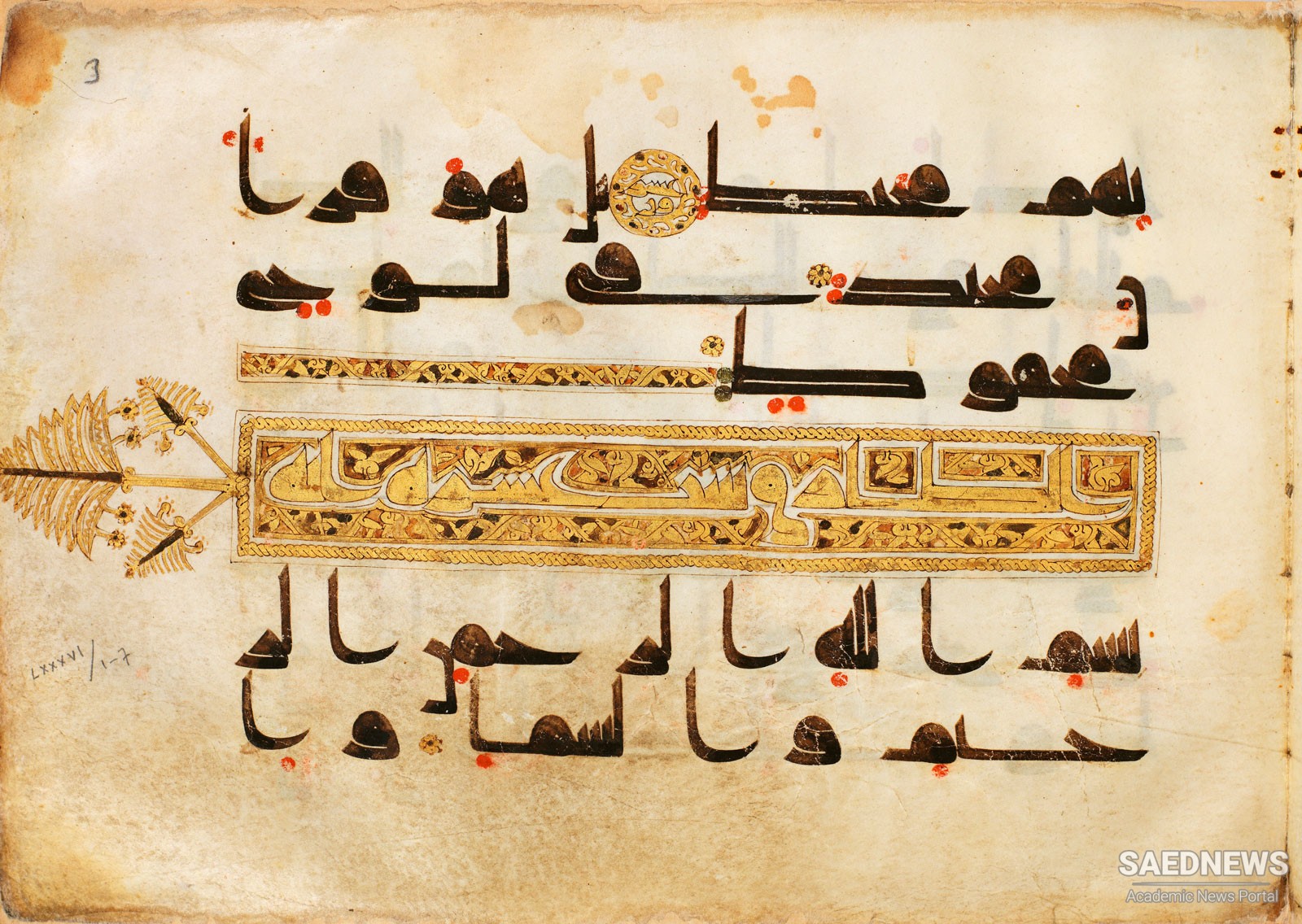The signs and symbols of the Koran are those of its environment. Otherwise people would not have listened to its message. Islam adopted the ethics, legal concepts and religious rituals of ancient Arabia and drew on the religious paradigms of Judaism and Christianity. It is therefore legitimate to look into the sources – spiritual currents in general and literary ‘texts’ in particular. European research has made great efforts to isolate and analyse Jewish and Christian elements in the Koran, both Biblical material and other traditions of oriental religious communities. In this way it has produced many important insights but it has also emphasised the wrong issues; the essence and the impact of the Islamic message cannot be explained only in terms of other religions. These religions had spread not only amongst the sedentary Arabs of Syria and Iraq but had also penetrated into inner Arabia. As a young man Muhammad had become acquainted with Christianity on his trade journeys along the spice route, and after the emigration he met the Jews of Medina. In the course of his religious and political experience he himself came to see his religion as the legitimate continuation of earlier monotheism. But far more important than the paradigms he had inherited was the pragmatic impact of the new message which was revealed through him (Source: Islam A Historical Introduction).


 Koran the Unique Source of Islamic Revelation
Koran the Unique Source of Islamic Revelation














































